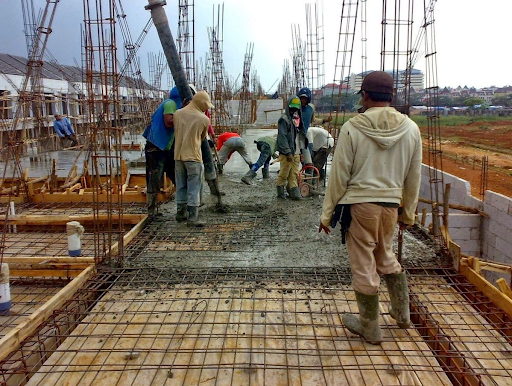Modern cities don’t rise from the ground overnight. They are shaped by vision, strategy, and the silent strength of foundational work. Among the most critical—and often overlooked—elements of this process is excavation. Whether it’s for road networks, drainage systems, or building foundations, excavation plays a behind-the-scenes role that makes visible progress possible. It’s the art and science of digging deeper—both literally and strategically.
Laying The Groundwork For Urban Growth
Before any skyscraper touches the clouds or any tunnel cuts through a hillside, the ground must be readied. Excavation clears the way. It removes obstacles, levels surfaces, and reveals the soil characteristics engineers depend on. Cities rely on this step to ensure what’s built on top is stable and long-lasting.
Without proper groundwork, even the most innovative projects risk collapse. Roads might buckle. Pipes may shift. Buildings can tilt. Excavation doesn’t just dig—it designs a secure canvas.
Role Of Excavation In Utility Network Installation
Excavation, by definition, is the process of removing earth to create space for foundations, structures, and systems. But its value extends far beyond digging holes. In infrastructure planning, it makes room for what lies below—sewage, water lines, gas pipelines, and electric conduits.
This underground matrix powers every modern convenience. It ensures clean water flows through faucets, lights turn on at the flick of a switch, and homes remain warm during winter. Carefully executed excavation avoids damage to existing lines while making room for new, more efficient ones. Planners and engineers rely on it to map out current systems and determine how best to improve them without disruption.
Excavation Enables Transportation Systems
From highways to subways, excavation gives form to mobility. It allows bridges to have strong abutments, tunnels to pass beneath rivers, and roads to cut across hills. Without excavation, transportation networks would be forced to conform to nature’s obstacles, slowing growth and limiting access.
Planners use excavation to modify the terrain strategically. Hills are cut, valleys filled, and the earth sculpted to support smooth traffic flow. It’s not just about making room—it’s about creating efficient connections between people, places, and industries.
Excavation Assists With Flood Control Planning
Modern infrastructure must be ready to withstand nature’s unpredictability. With climate change increasing rainfall intensity in many regions, flood control has become a priority. Excavation is central to this defense strategy.
Retention basins, levees, and stormwater channels all begin with excavation. Soil must be shifted and redirected to ensure water flows where it’s meant to. Proper slope, depth, and design come from knowing how to shape the earth, and that requires more than machinery—it needs planning informed by geography, weather patterns, and hydrological studies.
Strengthening Foundations For Smart Cities
Smart cities depend on more than just sensors and software. They need strong, flexible foundations capable of supporting advanced technology. Excavation makes it possible to embed fiber optics, smart grid components, and renewable energy systems beneath urban surfaces.
These technologies demand precision. Trenching for data cables or geothermal lines must be done without disturbing existing infrastructure. Excavation allows for targeted planning, helping smart cities evolve while staying connected and secure.
Conclusion
Excavation is the unsung hero of infrastructure. While its work happens underground or behind barriers, its impact shapes skylines and streamlines city life. It supports planning by preparing the unseen spaces that hold everything together—from transit and tech to water and waste systems. As cities grow smarter, denser, and more connected, excavation remains an essential starting point for progress.

